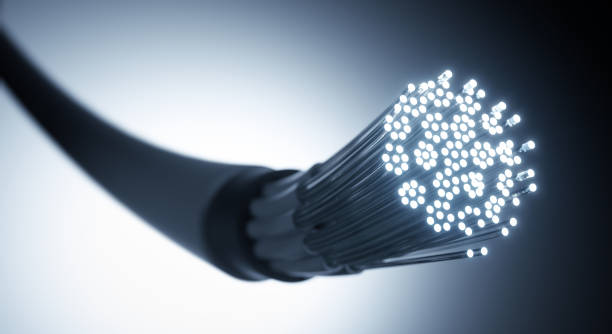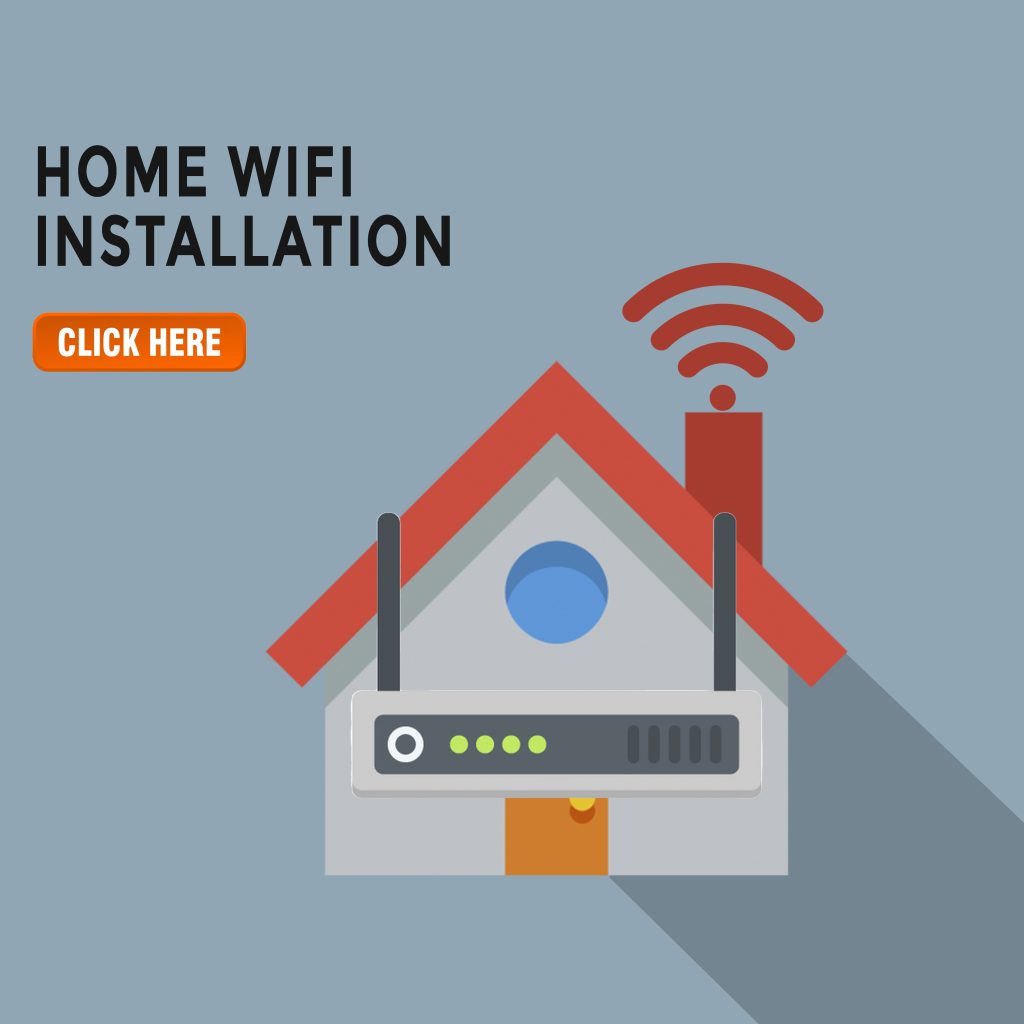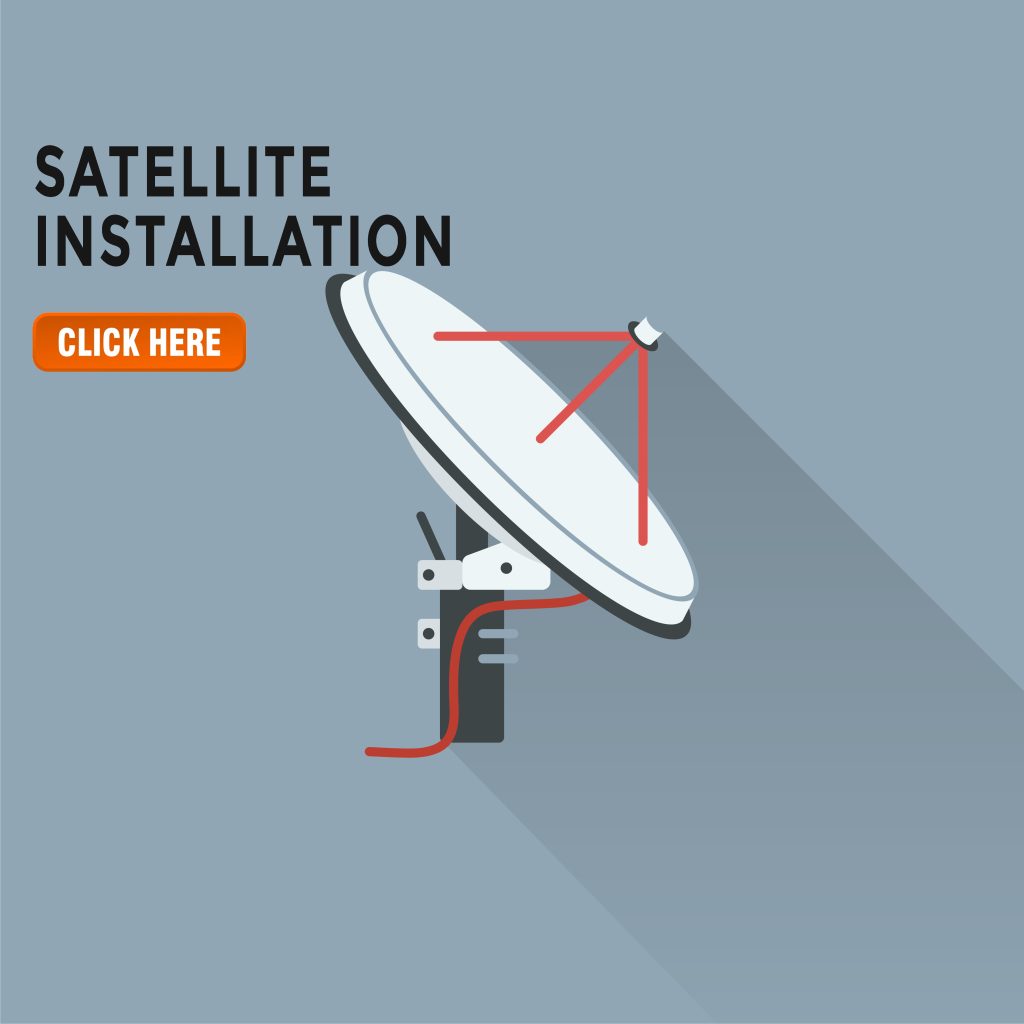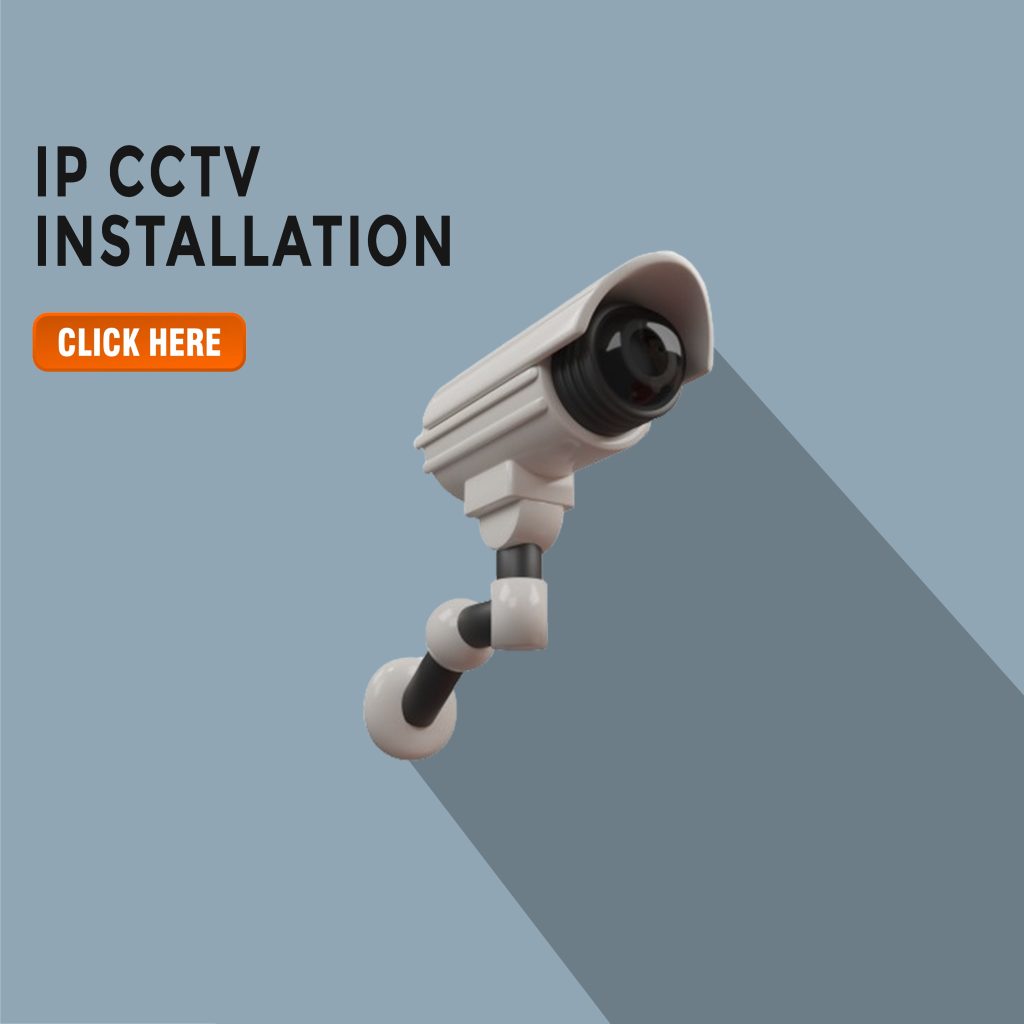Fiber optic termination is a necessary and of course key step in installing a fiber optic network. It is the physical connection medium of a fiber optic cable, which creates a seamless connection between similar and dissimilar devices. Any mistake made during its completion will cause the system to break or malfunction and common problems such as return loss will occur. To minimize damage in such problems, the fibers need to be aligned and connected as accurately as possible. There are generally two ways we terminate fiber optic cables: splicing or splicing.
Fiber optic termination via connector,
Fiber optic termination cables using connectors is a temporary way. Connectors typically form a temporary joint between two fibers or are used to connect the fiber to a piece of network equipment. A fiber connector consists of four main components: coupling device, ferrule, connector body. A ferrule is a mechanical fixture used to polish and align optical fibers, usually made of a hard material such as ceramic, metal, or plastic. The connector body supports the ferrule and the fibers are sheathed. The coupling device provides a connection between the connector body and the optical device.
Guide to Fiber optic termination Connectors
Most connectors are plug-and-play types that allow average users to Fiber optic termination cables themselves. Many types of connectors have been developed, such as SC,ST, LC, which are used to provide easy termination at a rather low cost.

• SC Connector: The customer connector is the SC connector, a snap-in connector that latches with a simple push-pull motion. It is usually made with a square plastic housing. It was mainly designed for single-mode and duplex networks, often used in optical network applications, such as media converters, cable TV, and FTTX.
• ST connector: Straight tip (ST) connector is ST connector. It uses a bayonet-style socket and has a long cylindrical ferrule to hold the fiber. It is the most popular fiber connector in multi-mode networks. It is spring-loaded, which means it can be easily inserted and removed.
• LC connector: Lucent connector is a standard ceramic ferrule connector or LC connector. Which is easily terminated with any adhesive, about half the size of SC connectors (small ferrule-1.25mm). LC connector is mainly used for single-mode system medium and high-density network applications, such as local area network, data center, FTTH, CATV, etc.
• MU Connector: MU connector is a miniature SC connector system. which has a square shape and push-pull mating mechanism, ideal for both single-mode and multi-mode fibers. This also applies to high-density applications such as telecommunications, data centers, etc.
In this How to Fiber optic termination with Connectors tutorial, we’ll go through all the steps to terminate a fiber cable with a connector in less than 5 minutes. You will need to prepare: a striper, a cable clamp, a cleaver, cleaning supplies, a gauge, Kevlar scissors and connectors. Now, you just have to follow the below procedures to stop the fibers on your own.
- In the first step, cut and clean the fiber optic cable before you begin. Assemble the connector housing to fix the cable, using the message, put the boot on the cable before you start taking it apart.
- Measure the length of the jacket strip with a gauge, use the stripper to strip the jacket, and finally cut the Kevlar fibers with scissors. Measure the length of the buffer strip and cut off the buffer in approximately 1-cm sections (1 cm at a time) so as not to bend or break the fiber in any way. Then use the stripper to clean up the cladding a bit.
- Insert the fiber strand into the trapdoor of the cleaver first, fix it from side to side with the clamp and start the cleaver immediately. After a precision cleave, you clean the part contaminated with dust, grease or cladding residue from the fiber. Use cleaning supplies (alcohol) to remove contaminants from the fiber and repeat this step several times until it is clean.
- Insert the fiber into the pre-assembled fiber connector until you feel pressure to confirm that it is connected. Then slide the boot a little and tighten the connector. Finally, remove the cable clamp and you’ve got a finished fiber connector.
Field Termination vs Factory Termination
Connector termination can also be divided into field factory or pre-termination. Field Fiber optic termination is also called on-site termination, where connect field connectors with special equipment. You can customize the cable length with very little planning, but precise finishing requires a very professional hand. However, factory termination is a more cost-effective and reliable solution by making a fast, precise connection between two fibers. At the factory termination, the Fiber optic termination is 100% factory-terminated, test with a plug-and-play installation before shipment.
The first thing to know is what a pre-terminated fiber cable is.
The per-terminated fiber cable is to arrive on site with connectors attached and ready to install. It is usually made to a pre-determined length and is much longer than its counterpart
The high quality is undeniable. Rework the pre-terminate cable, transmission testing, etc. helps eliminate that. Of course it comes in a plug-and-play design, which can be easily connected and disconnected, its biggest advantage is that the installation time is cut by at least 70%. It helps to build and integrate in a well-controlled environment to ensure the best possible network performance, and signal loss can be very easily controlled through thorough inspection. Pre-terminated cable can be used in mission-critical applications that require the highest level of accuracy, such as video surveillance systems.

Termination by splicing
Splicing is the process of serializing two fiber strands at the same centerline to form a permanent connection. And it will only be necessary when cable runs become too long for a pull, especially during infield installations. Fiber optic splicing is the most effective method of restoring a fiber cable when it is broken or severed, which can be used in all cases. Splicing may require specialized equipment and quality largely depends on experience, skill, and materials. There are two methods of splicing: mechanical splicing and fusion splicing.
Mechanical splicing is a mechanical splicing method whereby fiber optic strands are aligned and fastened to a snap-type cover. It works by using a mechanical splice device to join two fibers together, but the fibers are not permanently attached in this process, only creating a centerline that is precisely aligned through which light can pass. There are different types of mechanical splices, such as glass tubes or V-shaped metal clamps. Mechanical splicing is less expensive, saves a lot of money and requires no special equipment. It is more commonly used for recovery, it is also suitable method for single-mode and multi-mode fibers, but it is not as robust as fusion splicing, it is correct.
The following procedures must be followed for mechanical splicing:
Mechanical splicing is made easier if you have the tools: a cleaver, a stripper, a mechanical splice, and cleaning supplies. By removing the jacket, cladding, and other protective layers of the fiber optic cable until you can see the bare fiber. Cleave the fiber to get a clean break and continue cleaning with alcohol to remove dust, finger grease, and other contaminants. Insert the cleaved ends of the fibers into the mechanical splice and insert the index matching gel inside the splice to bond the fibers together.
Fusion splicing
In fusion splicing, you may need a special fusion splicer to fuse the two fiber ends together with an electric arc. The connection is more permanent than a mechanical






